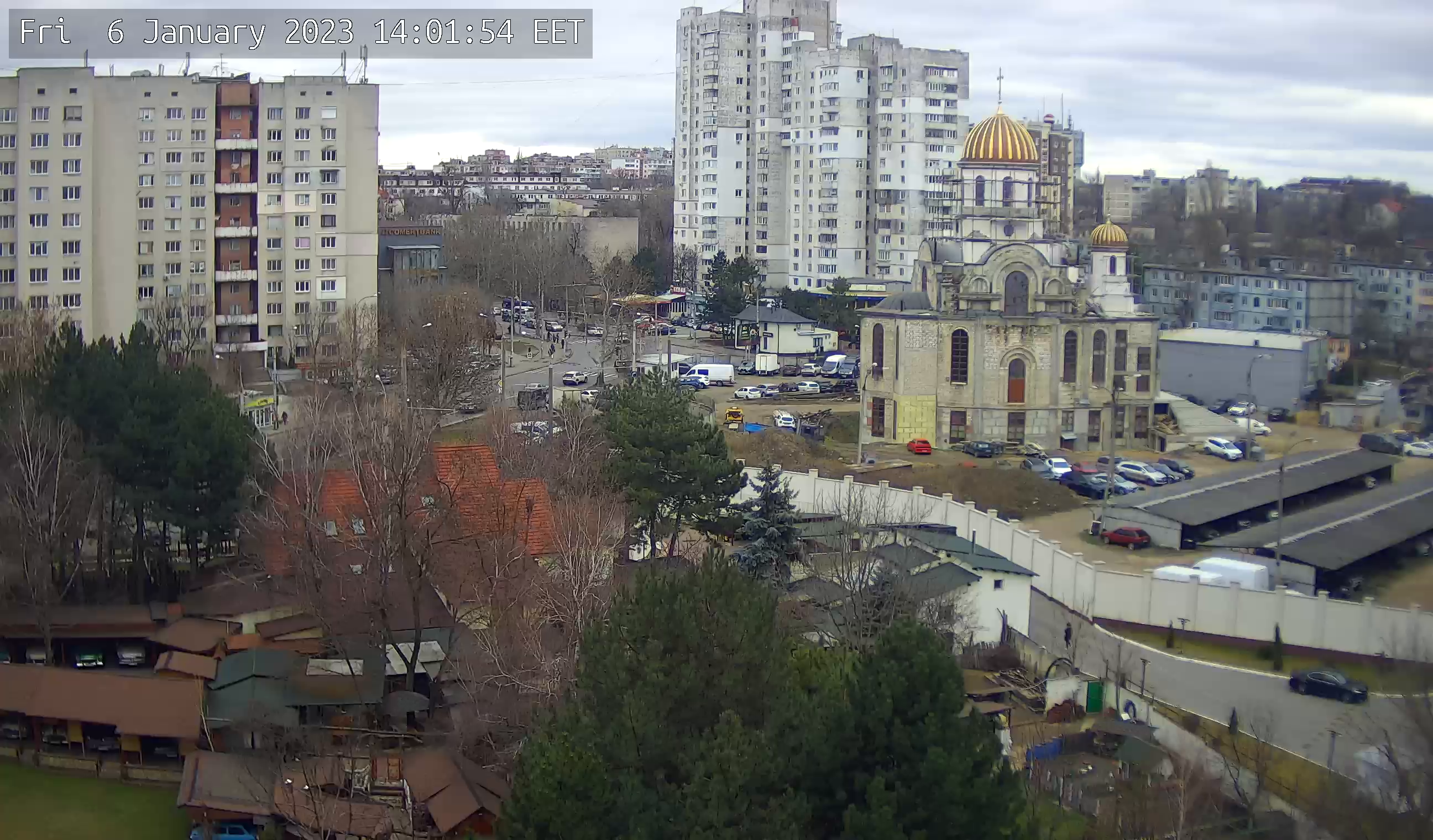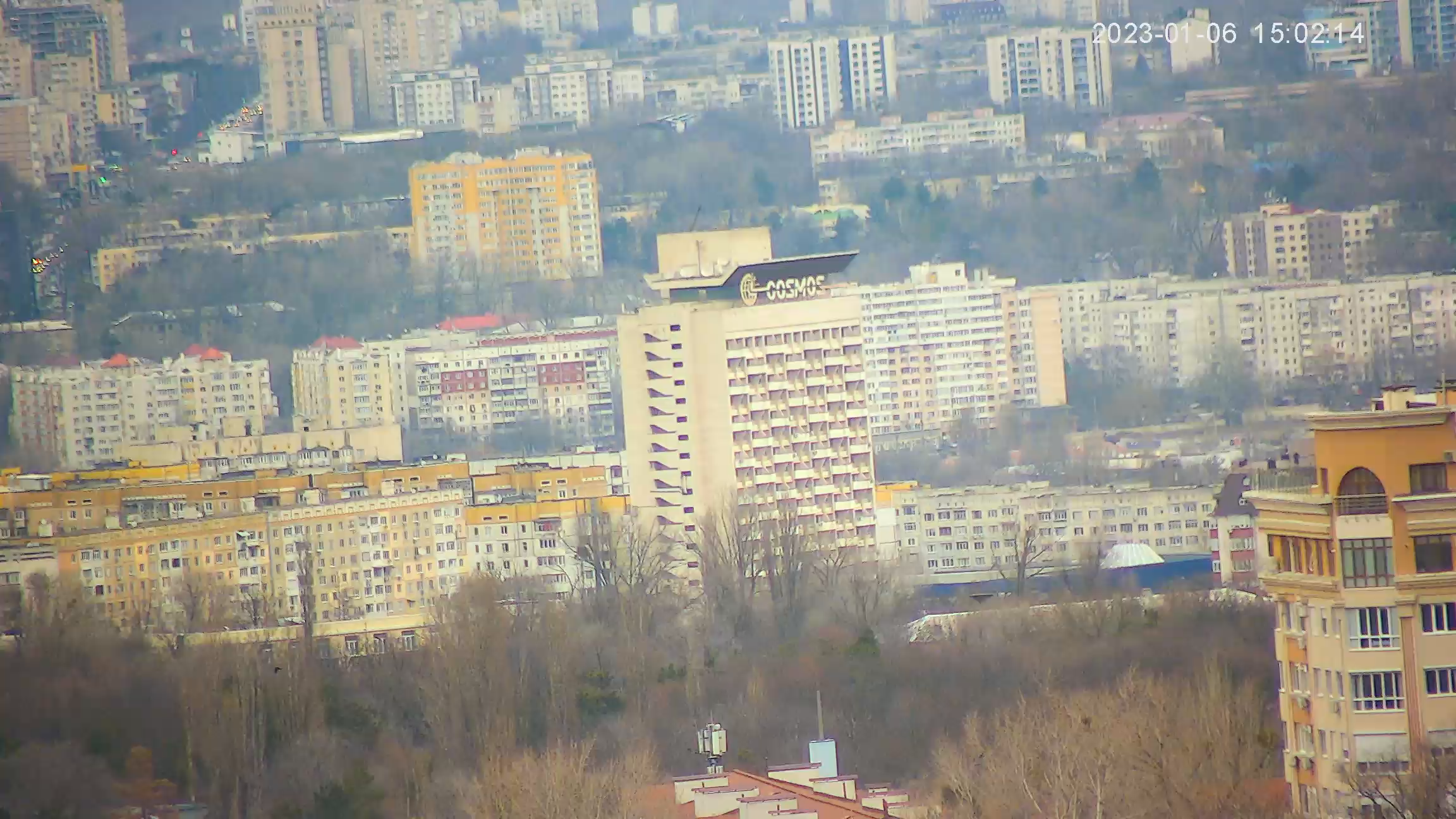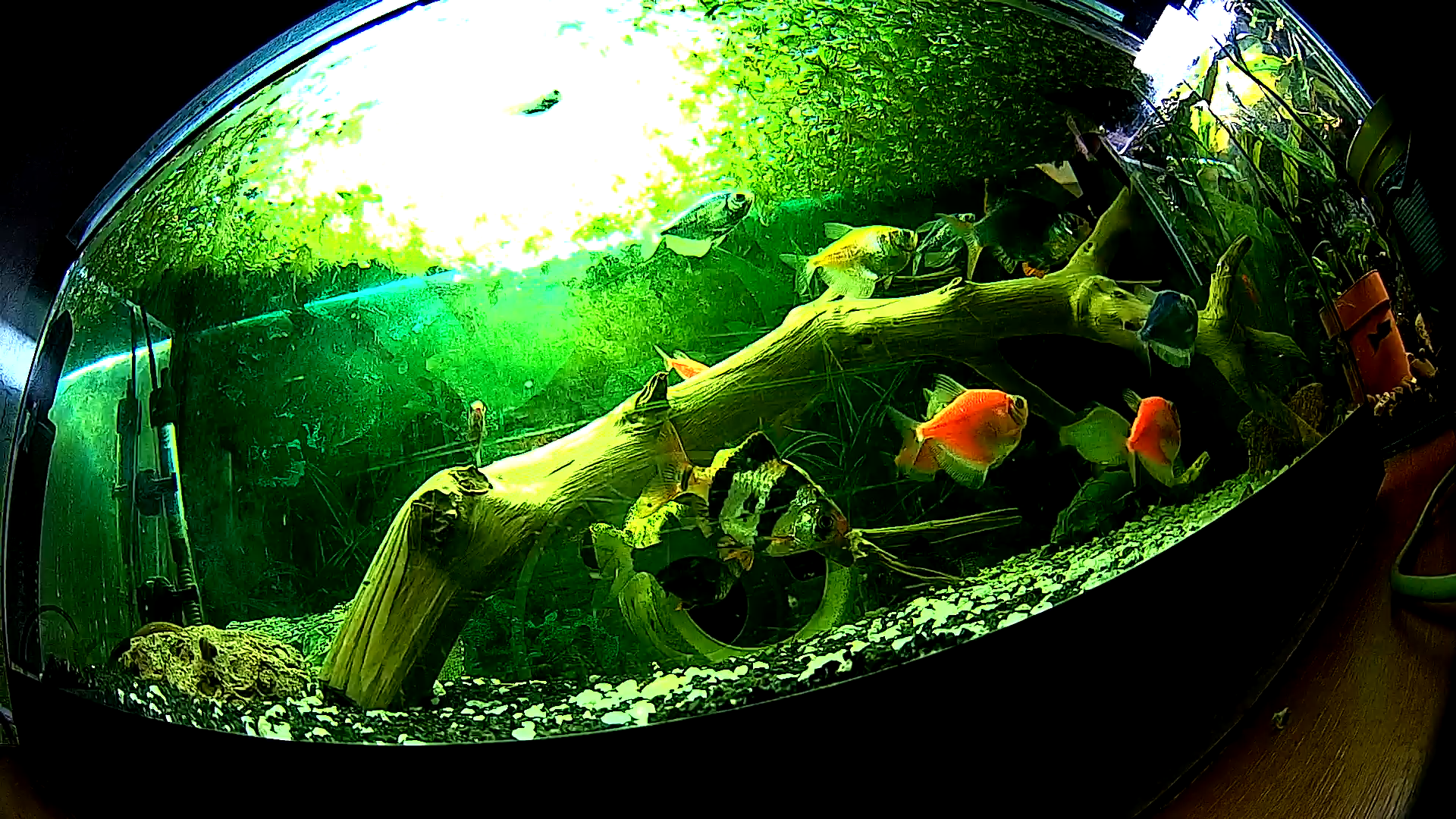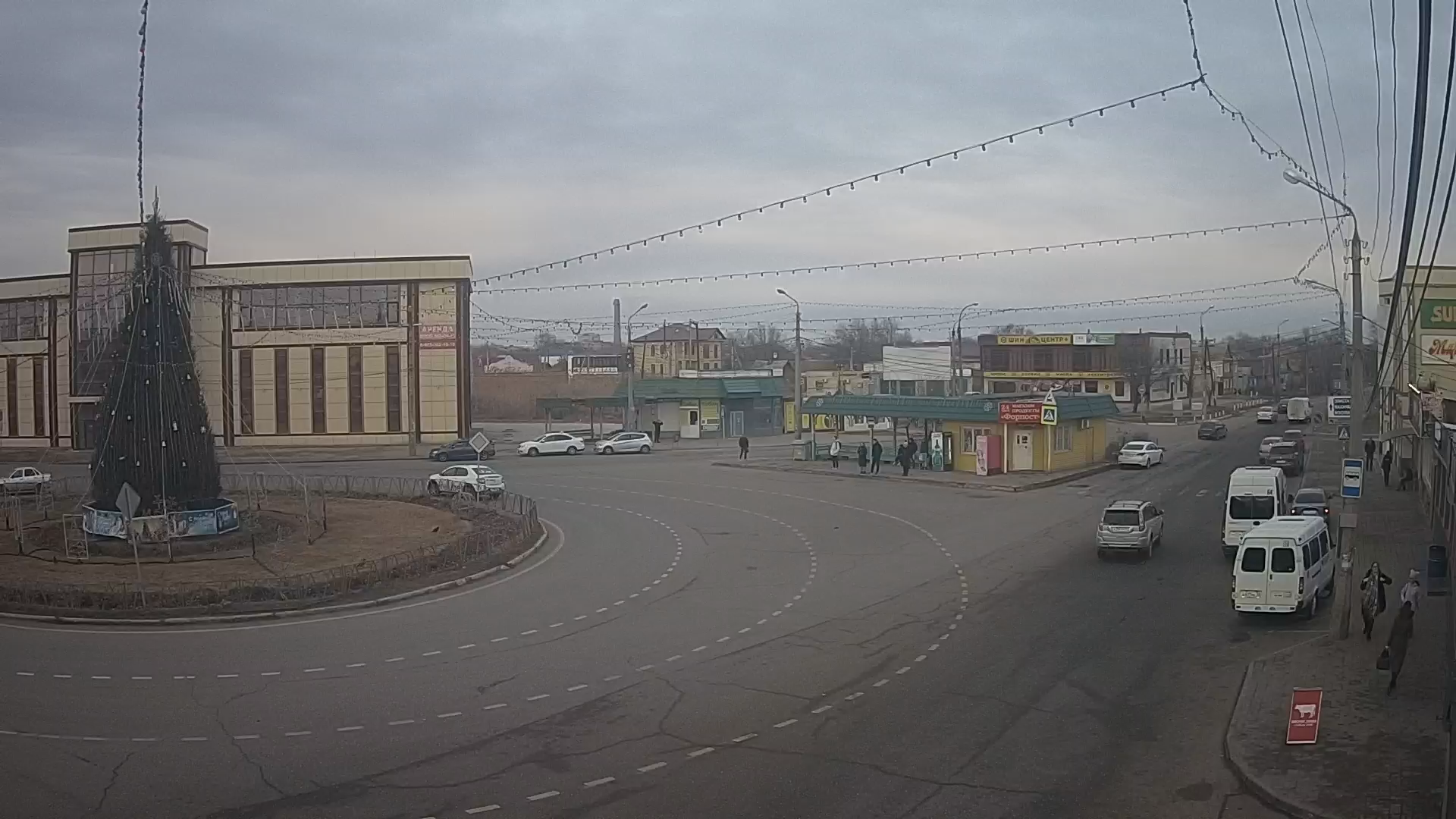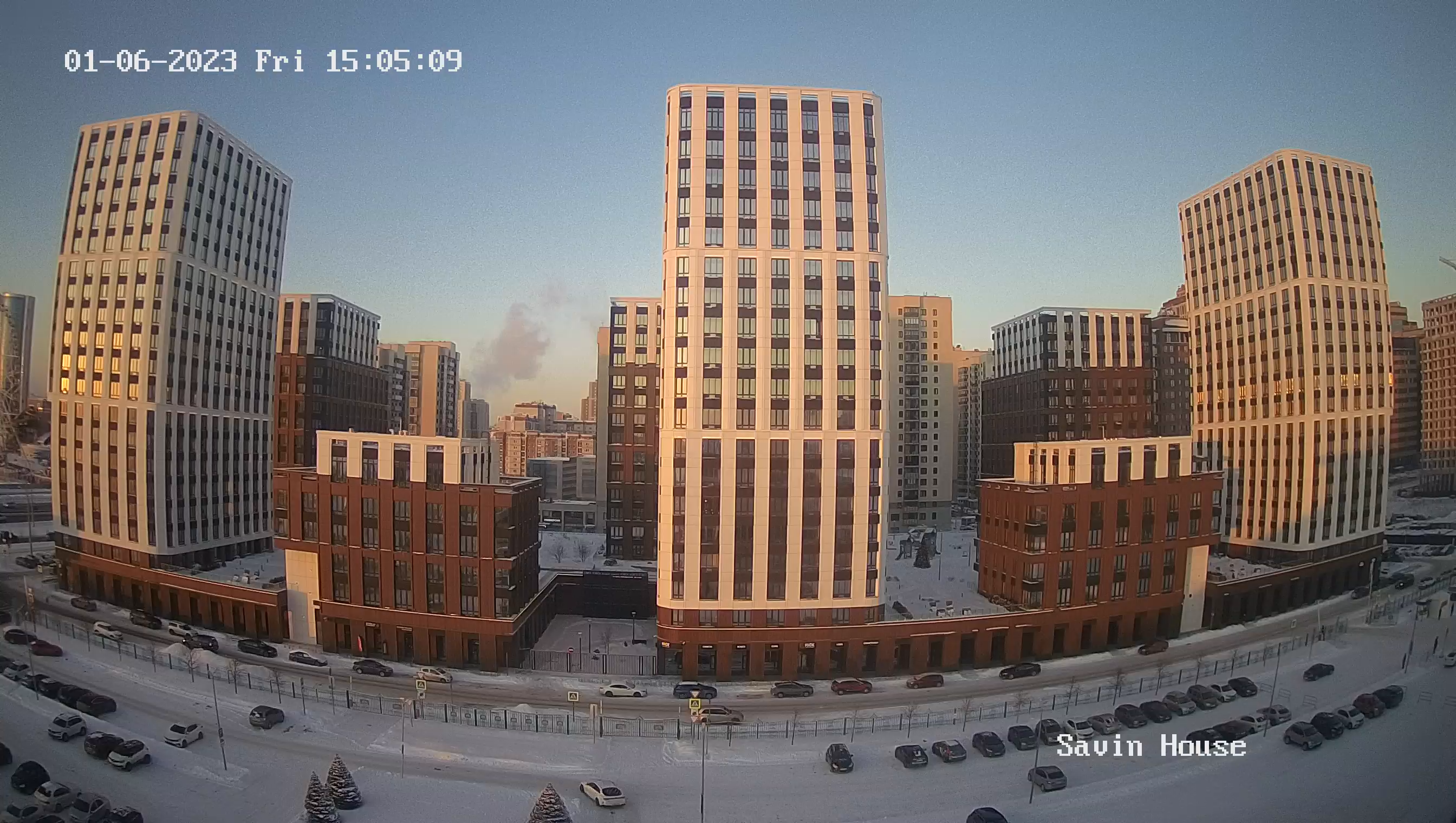Webcam Travnik. Panorama
The town of Travnik (Travnik) is located in the northeast of the Middle Bosnian canton. Its name comes from the Slavic word "travnik", meaning "meadow" or "pasture". It is located 90 kilometers from Sarajevo.
Travnik occupies a flat area, with the Bosna valley to the east and the Vrbas valley to the west. On the one hand, it is bounded by Mount Viljenica, on the other - Mount Vlasic (one of the highest in Bosnia and Herzegovina). The hottest month is July, the coldest is January. Precipitation falls evenly throughout the year.
In ancient times, there were settlements near the modern city. It was the period when the Celts, then the Illyrians and later the Romans mined gold in the valley. In the 11th century the first urban buildings appeared.
Mention of Travnik can be found in archival documents from 1463. They are associated with the appearance of Sultan Mehmed II in one of the houses of the local nobility at the time when he was on his way to the city of Yayce. Prior to that period the city already had a fortress. Previously it was built during the reign of the King of Bosnia - Tvrtko II.
There is also information about the city in the Hungarian-Turkish treaty of 1503. During the reign of Sultan Bayazid II, a mosque was built on its premises, and the permanent military garrison was stationed there.
For almost a century and a half, from the beginning of the 18th century to the middle of the 19th, Travnik was considered the residence of the Bosnian viziers. During that period, members of the nobility who violated the laws served their sentences in its dungeon. Some of them were eventually executed. In 1878 the old town became desolate as it was abandoned by its inhabitants.
In the early 15th century Travnik was the residence of the voivode Hrvoje Vukčić. During the Ottoman rule, it was transformed into a commercial center. At the end of the 17th century it was the capital of the Bosnian pashalik. At the beginning of the 19th century, foreign consulates were opened on its territory, first of France, then of Austria-Hungary. At that time a railroad appeared in the city. Later a gymnasium and a faculty of theology were opened.
In 1941, Travnik as part of Bosnia and Herzegovina became part of the Independent State of Croatia. Many Roma, Serbs and Jews were killed there during World War II. Travnik was severely destroyed during the war in Bosnia. At that time, many buildings were damaged during bombing raids by Bosnian Serb military units.
The university is now operating on a private basis. Initially it had four faculties, later it was opened as many.
The main income of the city are enterprises specializing in the processing of wood. Some citizens are involved in the agricultural sector.
The old part of the city is notable for old buildings, built in the first half of the 15th century. Among them are the mosques of Haji-Ali Bey, Hasan-aga, Sharena-dzhamiya, as well as the clock tower Sahat-kula and the Church of the Assumption of the Blessed Virgin.
There are also preserved buildings that date back to the era of Ottoman rule. Many unique exhibits are kept in the city museum, opened in 1950.

